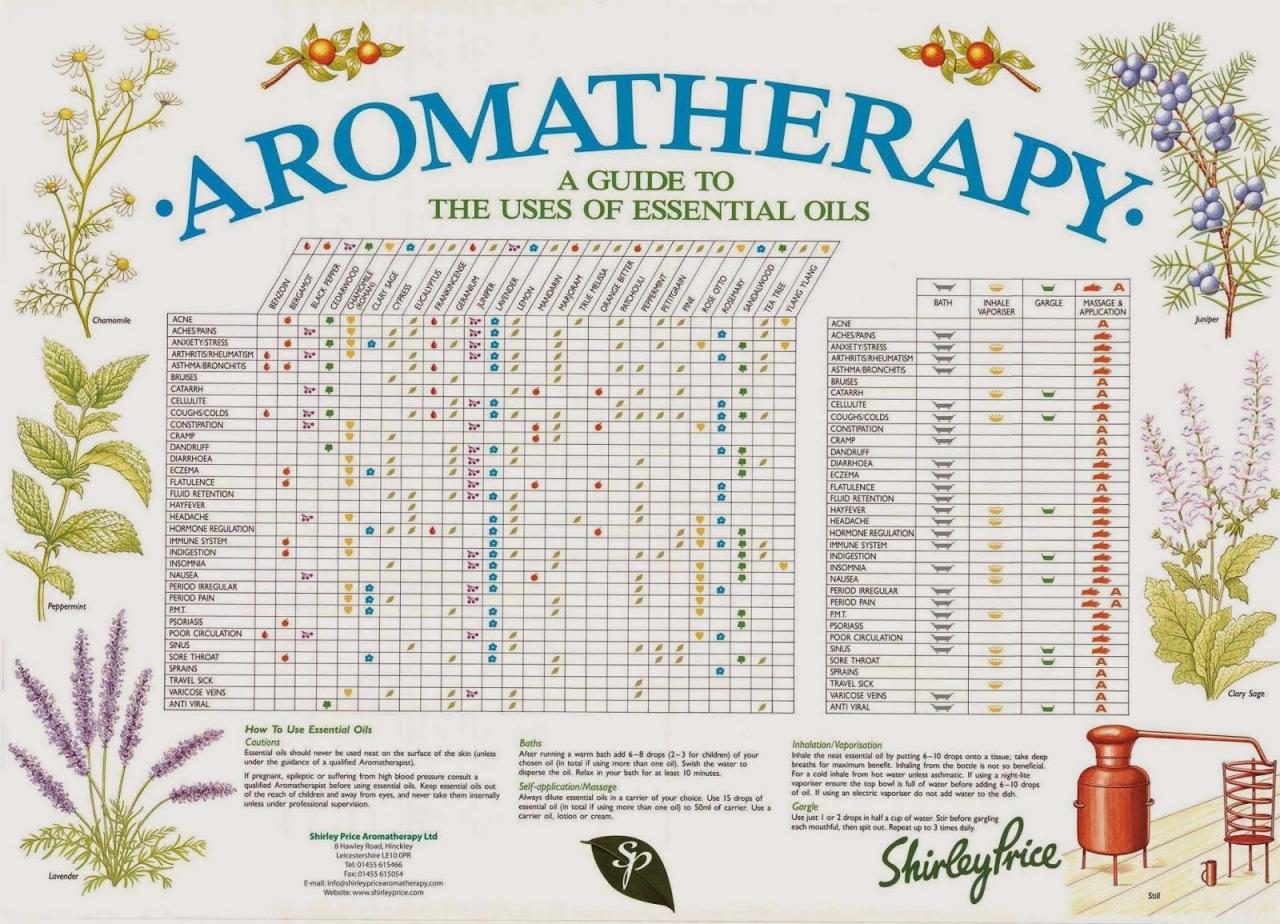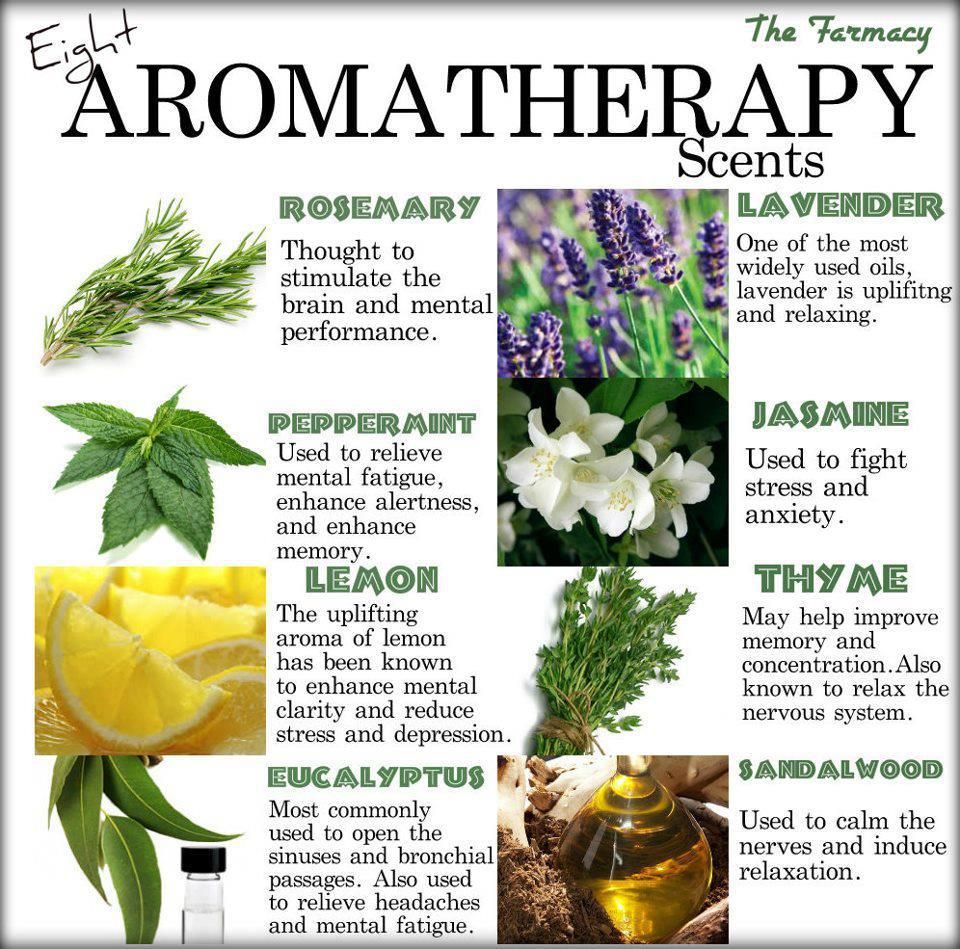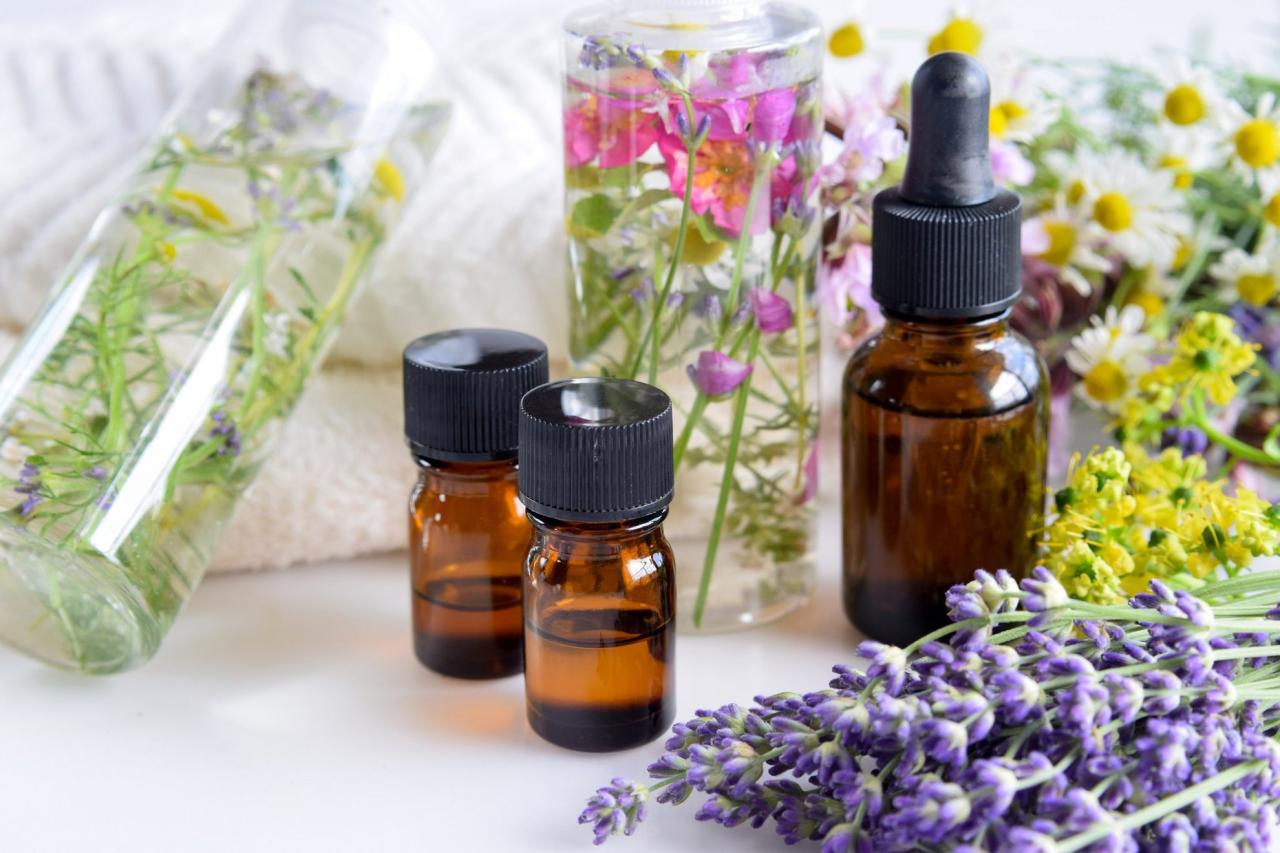Embark on a fragrant journey with our comprehensive aromatherapy list, where the therapeutic powers of essential oils unfold. Dive into the world of aromatherapy, where scents dance with therapeutic benefits, transforming your well-being with every inhalation.
In this guide, we’ll unravel the secrets of aromatherapy, empowering you to harness the transformative power of essential oils. Discover the art of blending, explore the efficacy of aromatherapy for specific conditions, and learn how to incorporate this ancient practice into your daily life.
Essential Oils for Aromatherapy

Essential oils are highly concentrated plant extracts that have been used for centuries in aromatherapy, a holistic healing practice that uses natural scents to promote well-being. Essential oils are extracted through various methods, such as steam distillation, cold pressing, or solvent extraction, and can be used in a variety of ways, including inhalation, topical application, and diffusion.
Aromatherapy with essential oils offers numerous therapeutic benefits, including relaxation, stress relief, and mood enhancement. Different essential oils possess unique properties that can address specific needs. For instance, lavender oil is known for its calming effects, while peppermint oil can invigorate and improve focus.
Extraction and Blending
Essential oils are typically extracted from plant materials such as flowers, leaves, seeds, or roots. The extraction method depends on the specific plant and the desired properties of the oil. Steam distillation is a common technique where plant material is heated with steam, releasing the volatile compounds that are then condensed and collected as essential oil.
Cold pressing, on the other hand, involves physically pressing the plant material to extract the oils. Solvent extraction uses chemical solvents to dissolve and extract the essential oils.
Once extracted, essential oils can be blended to create custom mixtures that target specific therapeutic needs. Blending involves combining different oils in varying proportions to achieve a desired effect. For example, a blend of lavender, chamomile, and bergamot oils can promote relaxation and sleep, while a blend of rosemary, peppermint, and lemon oils can enhance focus and concentration.
Aromatherapy Diffusers and Techniques
Aromatherapy diffusers disperse essential oils into the air, allowing their therapeutic benefits to be inhaled. Different types of diffusers use various mechanisms to achieve this, each with its advantages and disadvantages.
Types of Aromatherapy Diffusers
- Ultrasonic Diffusers:Utilize ultrasonic waves to create vibrations that break down essential oils into fine particles, dispersing them into the air. They are relatively quiet and energy-efficient.
- Nebulizing Diffusers:Employ a high-pressure stream of air to break down essential oils into a fine mist. They produce a stronger scent but can be noisier and more expensive.
- Heat Diffusers:Heat essential oils to release their volatile compounds. They are less effective at preserving the therapeutic properties of the oils but are easy to use and affordable.
Aromatherapy Techniques
Beyond diffusers, aromatherapy can be practiced through various techniques:
- Inhalation:Inhaling essential oils directly from the bottle or using a personal inhaler.
- Topical Application:Diluting essential oils in a carrier oil (such as jojoba or coconut oil) and applying them to the skin for localized effects.
- Massage:Incorporating essential oils into massage oil to enhance relaxation and reduce muscle tension.
Safety Precautions:
- Always dilute essential oils in a carrier oil before applying them to the skin.
- Avoid using essential oils on broken or irritated skin.
- Do not ingest essential oils unless under the guidance of a qualified healthcare professional.
Blending Essential Oils for Aromatherapy
Blending essential oils is an art that allows you to create custom blends tailored to your specific needs and preferences. By understanding the principles of blending, you can harness the synergistic effects of different oils to enhance their therapeutic benefits.
Selecting Complementary Oils
When blending essential oils, it’s crucial to choose oils that complement each other. Consider their therapeutic properties, aromas, and chemical compositions. Oils with similar or complementary properties will work synergistically, while oils with conflicting properties may neutralize each other.
Creating Synergistic Blends
To create a synergistic blend, follow these guidelines:
- Start with a base oil, which typically comprises 50-75% of the blend.
- Add middle notes, which account for 20-30% of the blend and provide depth and complexity.
- Finish with top notes, which make up 5-10% of the blend and add a fresh, invigorating scent.
Popular Aromatherapy Blends
Here are some popular aromatherapy blends for specific purposes:
| Purpose | Blend |
|---|---|
| Sleep | Lavender, chamomile, bergamot |
| Energy | Peppermint, rosemary, lemon |
| Focus | Clary sage, basil, grapefruit |
Safety Considerations
When blending essential oils, always consider safety:
- Dilute essential oils with a carrier oil before applying them to the skin.
- Avoid using certain oils during pregnancy or if you have specific health conditions.
- Never ingest essential oils.
Aromatherapy for Specific Conditions
Aromatherapy has shown promise in addressing a range of specific conditions, including anxiety, depression, insomnia, and pain management. Research suggests that the inhalation of certain essential oils can interact with the body’s physiological and psychological systems, potentially providing therapeutic benefits.
Anxiety
Studies have found that lavender, chamomile, and bergamot essential oils may have calming effects, reducing anxiety levels. For instance, a study published in the Journal of Complementary and Integrative Medicine found that inhaling lavender oil for 15 minutes significantly reduced anxiety in patients undergoing dental procedures.
Depression
Aromatherapy has also been explored as a complementary therapy for depression. A study published in the Journal of Affective Disorders found that inhaling a blend of lemon, rosemary, and frankincense essential oils improved mood and reduced depressive symptoms in patients with mild to moderate depression.
Insomnia
Several essential oils, including lavender, chamomile, and ylang-ylang, have been shown to promote relaxation and improve sleep quality. A study published in the Journal of Alternative and Complementary Medicine found that inhaling lavender oil before bedtime significantly reduced sleep latency and improved sleep quality in participants with insomnia.
Pain Management
Aromatherapy has been found to have analgesic properties, potentially reducing pain perception. A study published in the journal Pain Management Nursing found that inhaling peppermint oil significantly reduced pain intensity in patients with fibromyalgia.It’s important to note that aromatherapy should not replace traditional medical treatments but can complement them, providing additional support and relief.
Consulting a qualified healthcare practitioner is essential before using essential oils for specific conditions, as some oils may interact with medications or have contraindications.
Aromatherapy in Different Settings

Aromatherapy extends its therapeutic benefits beyond personal use, finding applications in various settings to enhance the well-being of individuals.
Homes
In the comfort of our homes, aromatherapy creates a haven of relaxation and tranquility. Diffusing calming scents like lavender or chamomile promotes restful sleep, while invigorating aromas like citrus or peppermint boost mood and energy levels.
Offices
The workplace can often be a stressful environment. Aromatherapy can help alleviate tension and improve focus. Diffusing scents like rosemary or eucalyptus enhances cognitive function and reduces stress levels.
Spas
Spas are synonymous with relaxation and rejuvenation. Aromatherapy plays a crucial role in creating a serene atmosphere. Massages with essential oils soothe sore muscles, while aromatherapy baths promote deep relaxation.
Healthcare Facilities
Aromatherapy is gaining recognition in healthcare settings. Hospitals and clinics use essential oils to reduce anxiety, nausea, and pain in patients. Lavender is commonly used to promote relaxation, while peppermint helps alleviate nausea.
Final Thoughts

Aromatherapy offers a holistic approach to wellness, inviting you to embrace the healing power of nature’s fragrant gifts. Whether you seek relaxation, rejuvenation, or relief from ailments, aromatherapy holds the key to unlocking your innate healing potential. Embrace the aromatic journey and experience the transformative power of essential oils.